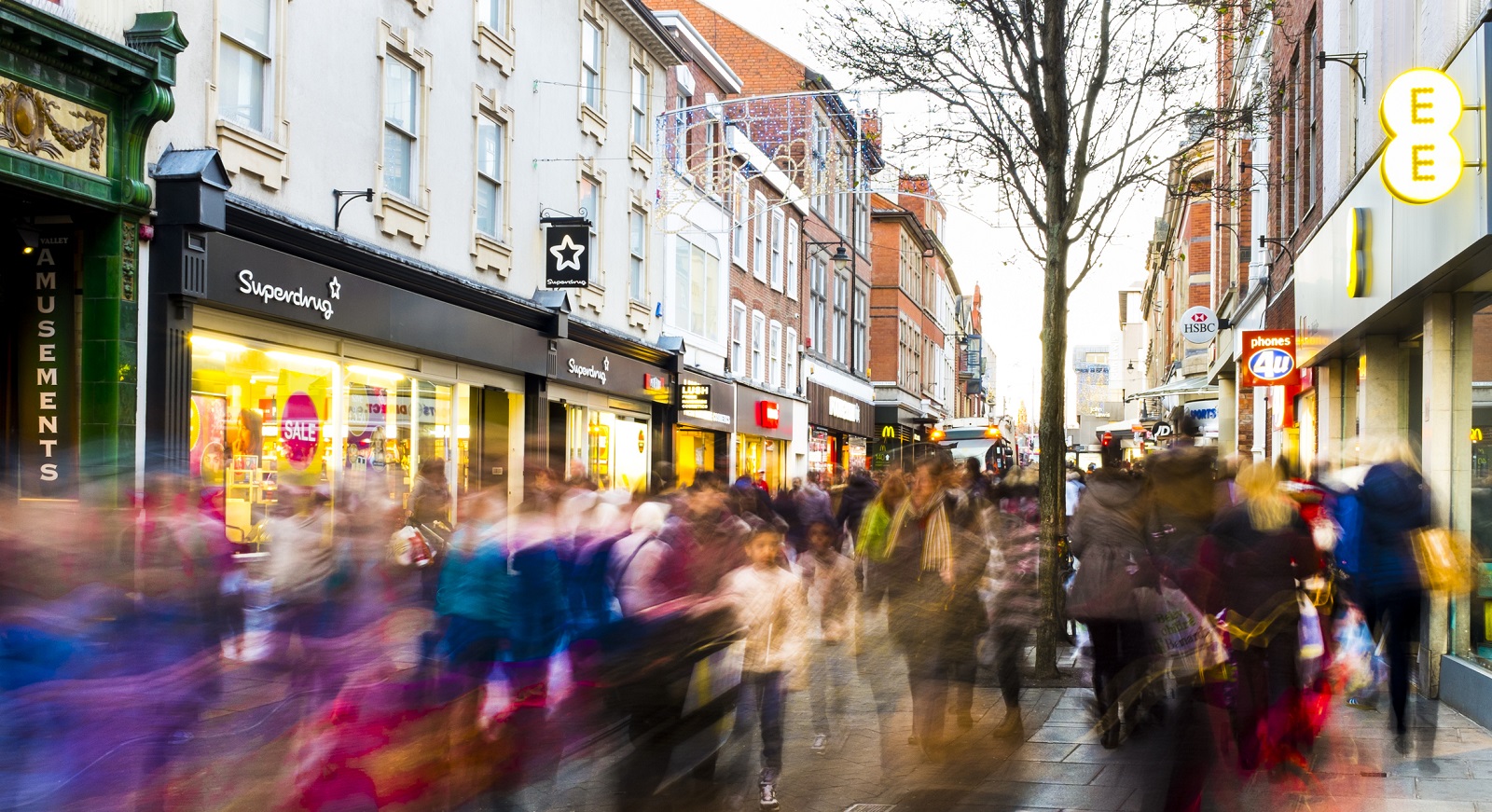The UK High Street retail market: where, when and what to invest in
As capital values continue to fall in the High Street market, Alastair Bird, Partner in the Capital Markets team at Knight Frank, considers stock selection and timing for investors dipping their toes back into the buying pool.
4 minutes to read
The rationale for buying high street retail is clearly not as straight forward as it used to be. After a flurry of CVA’s, downbeat press and the constant physical vs online narrative, it’s no wonder that many investors are taking a step back from the sector.
Typical feedback from investors is that they want to see the occupational market stabilise and/or need to see values fall sufficiently before re-investing.
Transactional levels as a result have fallen: Q2 2018 saw just £436m of high street transactions (Q2 2017 saw £906m) with over £300m of stock available in the market.
However, it’s not all doom and gloom. Despite the perceived hard times retailers are going through, retail sales and volumes in Q2 were actually up year-on-year by 4.6% and 2.9% respectively.

The high street market is likely to bounce back sooner and more quickly than the other retail sub-sectors after Brexit
Yes, some occupiers are re-trenching but we are also seeing some major fashion occupiers signing up to £1m+ pa rents on high street units in top regional cities with minimal incentives.
In addition, we are having an increasing number of conversations with clients who are seeing the lack of competition as a counter cyclical play. We have certainly seen some interesting deals in the last few weeks with a variety of purchasers finding the sector attractive.
Alan Sugar’s property company recently acquired shops in Newbury and Chichester, a French fund just acquired the Next in Belfast, a Middle East investor just completed on the purchase of the Debenhams in Canterbury, a premiership footballer has bought a shop in Leamington Spa and Threadneedle (often a barometer of counter cyclical acquisitions) recently paid 4.50% NIY for the LK Bennett in Guildford.
So, what high street retail would we be buying, where and when?
Where?
In our High Street Newsletter from Autumn 2017 we ranked the top 200 UK towns. We highlighted the top towns and whether they fulfil the key criteria that makes a town investable:
(a) Does it dominate the local catchment?
(b) Are there reasons to live, work, shop here?
(c) Does it have a strong, diverse retail offer?
(d) Is the shopping environment attractive?
(e) Is the local retail supply pipeline stable?
There are 40-50 UK towns that tick most of these boxes but clearly there are other considerations.
What?
(a) Buying 90%-100% prime pitch will become increasingly important as the periphery of some town centres retracts and occupiers will focus on the strongest pitches
(b) The physical nature of the property slightly depends on the town; for example in major regional centres think big box flagship stores that are flexible, whilst in smaller market towns (i.e Winchester, Canterbury, Tunbridge Wells etc) demand will be for c.2,000 sq ft physically attractive units)
(c) Affordable and sustainable rents are crucial and getting under the skin of how your retailer trades is so important, now more than ever.
When?
Prime yields in the top Cathedral towns (think Guildford, Oxford, Cambridge) have softened to 4.50% NIY (were 3.75% NIY in Summer 2017), whilst yields for top regional Cities (Edinburgh, Manchester, Birmingham) have also moved out from 4.25% to 4.75% NIY.
Looking at the longer term, 20 year average yields for Cathedral towns stand at 4.70% NIY and Regional Cities stand at 5.20% NIY. Yields for prime have only reached in excess of 5.50% NIY twice in the last 20 years: in the 2001-2002 recession (topped out at 6% NIY) and in the 2008-2009 recession (again topped out at 6% NIY).
Transactional evidence is fairly limited but there is certainly an acceptance in the market that values will continue to fall in the short term, albeit slowly.
I don’t believe we are too far off prime yields reaching 5.00%-5.50% NIY, possibly in Q1/Q2 next year and at that stage, opportunities could start to look fairly attractive, particularly if yields continue to harden in the business space sectors in the meantime.
So sit tight or cash in now?
There is still some catching up between where fund valuations lie and the reality of actual achievable pricing. Yes, values will continue to be under downward pressure but it won’t be as severe (probably 10%-15%) or last as long as some expect (probably another 6-9 months of pain).
There are still opportunities out there now for those seeking value. A well advised investor should be able to secure a prime shop in a ‘good second tier’ town (such as Canterbury, Chelmsford, Worcester, Bournemouth) for a capitalisation rate of 6.00-6.50% NIY.
A handful of these category towns offer good macro fundamentals and buying the right unit, in the right pitch, let off the right rent should give an investor fairly low risk, stable and attractive returns.
However, for prime stock, I think there is merit in sitting tight a bit longer and waiting for valuations to catch up the market, particularly at the super prime end.
Looking forward, the outcome of Brexit and its impact on the whole commercial property market is a massive unknown but assuming a ‘deal’ is struck, I am ultimately expecting the high street market to bounce back sooner and more quickly than the other retail sub-sectors which it has always historically done, largely due to its significantly stronger liquidity story.